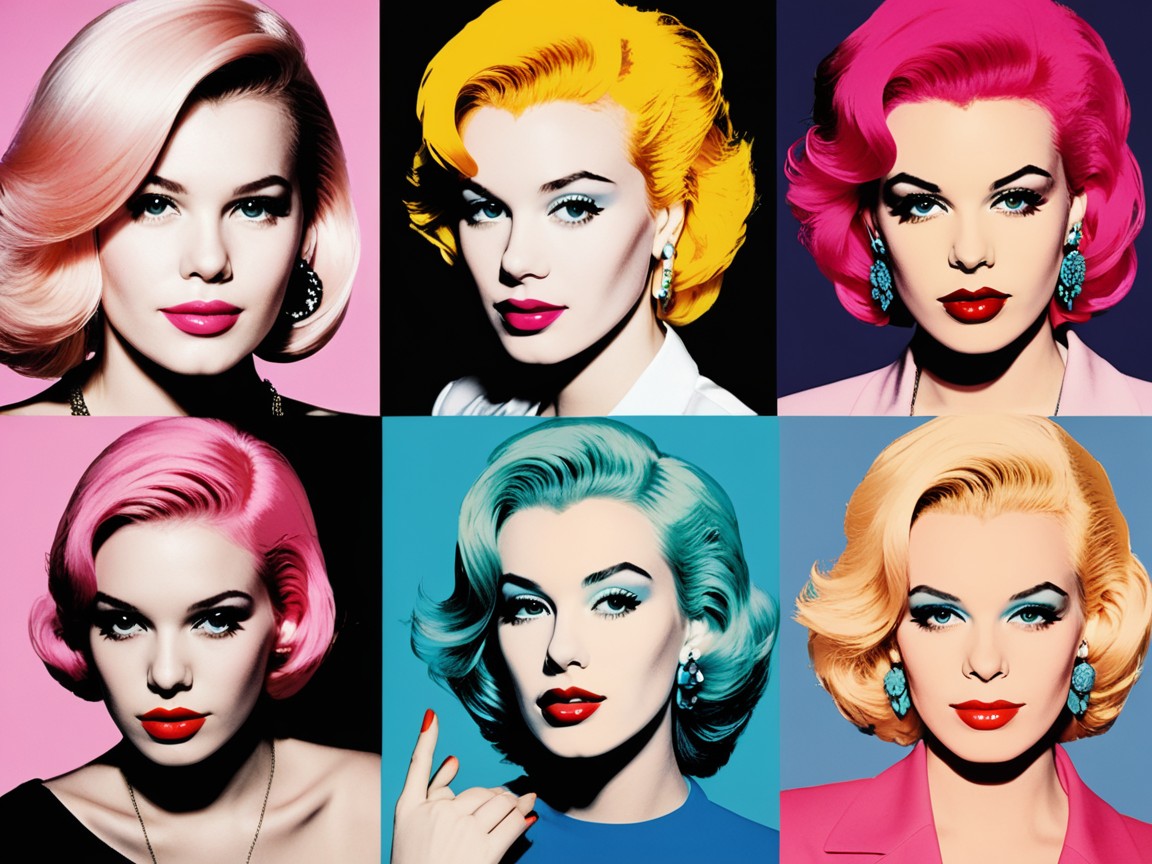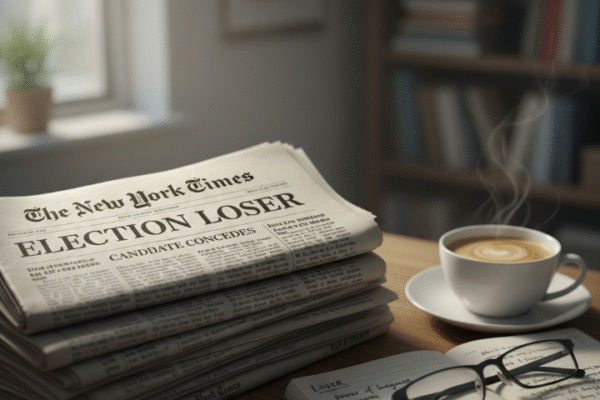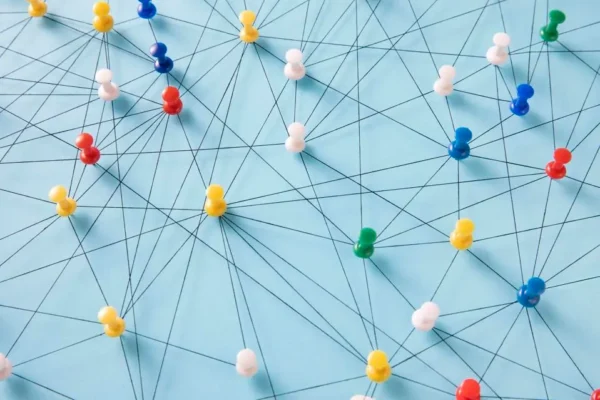In the digital age, where memes meet masterpieces and culture is remixable, AndyWarhella emerges as a striking figure at the intersection of art, internet, and identity. As a pseudonymous or possibly collaborative art persona, AndyWarhella blends the rebellious spirit of Andy Warhol with digital-age satire, redefining what it means to create, critique, and commodify art in the 21st century.
Who—or What—is AndyWarhella?
AndyWarhella isn’t just a name—it’s a statement. Inspired by pop art icon Andy Warhol, the name “Warhella” plays with the duality of glamour and critique. While Warhol celebrated and questioned consumer culture through screen prints and celebrity portraits, Warhella takes this ethos to the next level: reinterpreting Warhol’s vision through digital tools, irony, and hyper-stylized content tailored for online platforms.
Whether AndyWarhella is a single artist, a digital alias, or an art collective is often left intentionally vague, a commentary itself on modern identity in the era of avatars and curated profiles.
The Rise of Digital Pop Art
Pop art has always thrived on visibility, reproduction, and mass appeal. In today’s context, that translates into Instagram posts, NFTs, filters, and viral aesthetics. AndyWarhella taps into these mediums not just as tools, but as cultural canvases—creating work that fuses visual shock with layered commentary.
Bright colors, repeated patterns, glitch effects, and bold typography characterize much of Warhella’s output. But behind the vivid facade often lie critiques of surveillance capitalism, influencer culture, and digital excess.
Parody as Power
At the core of AndyWarhella’s work is parody—a powerful tool that not only entertains but dissects. From reimagining iconic Warhol prints with modern-day influencers to satirizing tech billionaires as pop icons, the artist walks the fine line between homage and takedown.
For example, a classic Warhol soup can might be replaced with a can of “Influencer Energy Drink” or a hyper-stylized depiction of fast fashion. These artworks are not just clever—they challenge the viewer to confront how deeply pop culture and capitalism shape daily life.
The Neo-Warhol Movement
AndyWarhella is not alone. The rise of what some call the Neo-Warhol Movement includes artists and creators who:
-
Blur the lines between art and internet content
-
Challenge the value of authenticity in an age driven by constant reinvention and cultural mashups.
-
Use irony and branding to critique modern consumerism
-
Embrace mass distribution via digital platforms
What Warhol did with silkscreens and factory-style production, Warhella and contemporaries do with Photoshop, AI generators, NFTs, and social media virality. This is not just art—it’s performance, provocation, and sometimes protest.
Cultural Impact and Criticism
Not everyone embraces AndyWarhella’s approach. Critics argue that the work can feel too ironic or self-referential, leaving audiences unsure whether they’re being entertained or mocked. Others question the line between critique and complicity—especially when anti-consumerist messages are sold as limited-edition merchandise.
But that tension is part of the point. AndyWarhella’s work forces reflection on how deeply entrenched we are in the systems we critique, and whether true resistance can exist within commodified art spaces.
Final Thoughts
AndyWarhella is not just art—it’s a mirror held up to a screen-obsessed world, reflecting both the beauty and absurdity of modern culture. By fusing parody with pop aesthetics and bringing Warhol’s philosophy into the digital age, AndyWarhella pushes us to ask:
What is art in the age of likes, loops, and algorithms?
As the lines between artist and influencer, critique and content, originality and remix continue to blur, AndyWarhella stands at the center of the digital pop art revolution—provocative, playful, and impossible to ignore.




